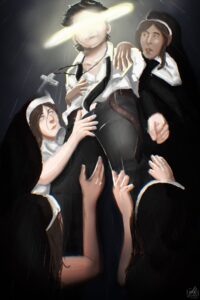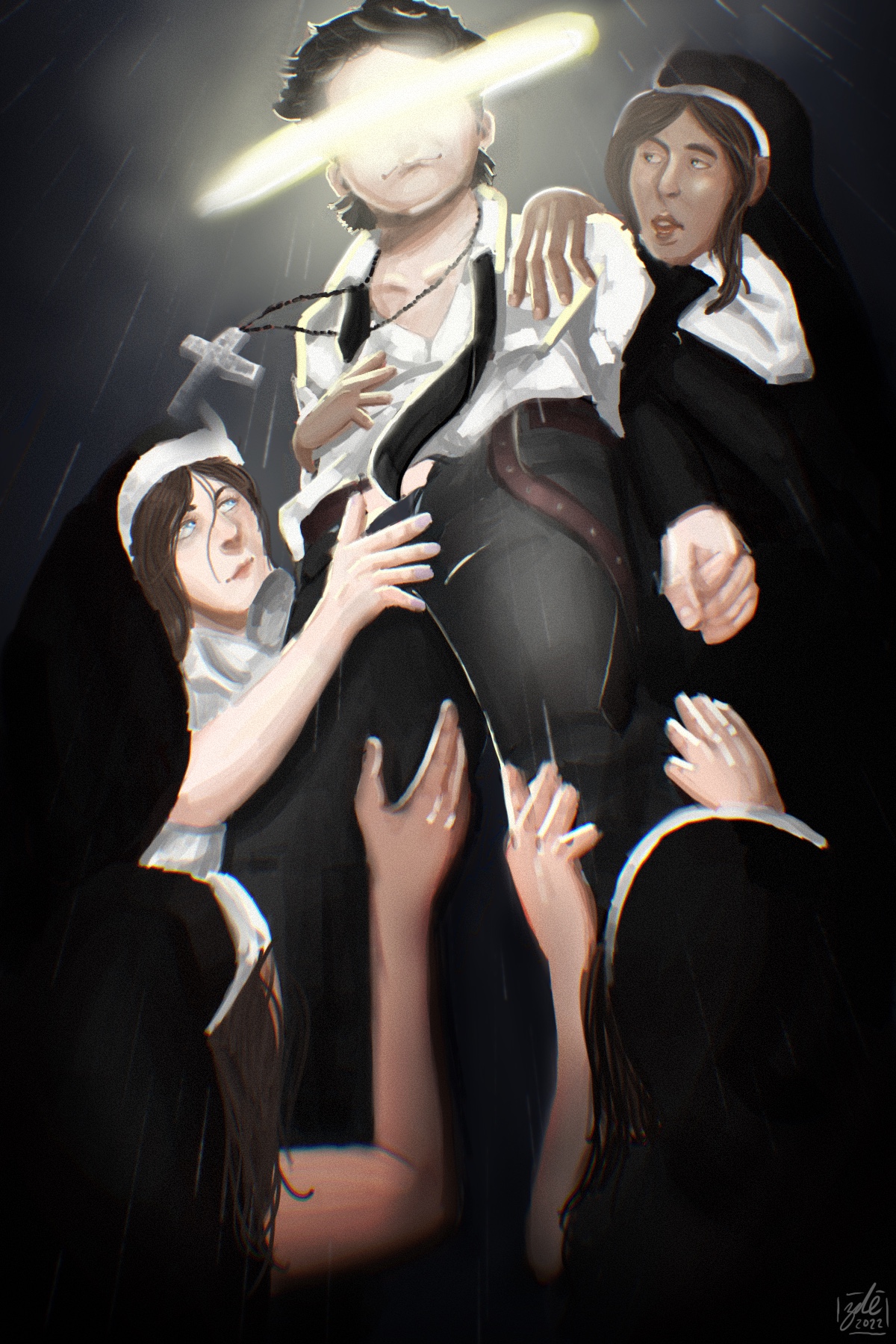
Zoey Derksen
230150794
Dr. Dana Wessel Lightfoot
WMST 312: Women in Medieval Europe
Final Research Project
June 16th, 2022
My topic for the research project will discuss the contradictory perspectives on medieval women committing prostitution in England. There are conflicting views on the women who did prostitution, ranging from sinful to worthy of being saved. In Emily Hutchison’s contribution to Sex, Knowledge and ‘Women of Sin’ in the Registre Criminel du Châtelet de Paris (1389–92), she discusses how women were perceived and lived during the medieval time period. She mentions Karras and how he “argues that the peers and neighbours of women communally labelled as prostitutes for their promiscuity did not necessarily agree that these were depraved women.” (2020). Even though the women’s actions could have been perceived as sinful and unholy, this did not necessarily mean they were unworthy of being saved or wicked in nature. In the book Intolerant Middle Ages written by Eugene Smelyansky, an excerpt said by Mary of Egypt says, “God is my witness that I am a sinful woman and not an evil spirit.” (2020, p 214) This to me recognizes that her actions were in fact sinful, but she was not inherently evil for doing them. Prostitution is seen as an act that is unforgivable, but there are contrasting beliefs about this perspective.
In Common Women: Prostitution and Sexuality in Medieval England by Ruth Mazo Karras, he states, “The church’s teachings during the Middle Ages conveyed consistently negative attitudes toward sexuality generally, which tended to spill over into attitudes toward women.”(1998). The church’s beliefs surrounding sexuality and sex in general significantly shaped how prostitution was viewed during this time period. “Though fornication was a sin and prostitution sinful, better to force some women into prostitution than risk the corruption of virgins, nuns, and honest wives or, worse, have some resort to the “abominable vice of sodomy.” (Mazzi, M. S., 2020). It was recognized that prostitution was indeed a sin, but it was better to do prostitution than risk other more holy women to be corrupted by horrific acts. The idea of a lesser of two evils is certainly present in the perspectives around prostitution here.
In another perspective, prostitution was rationalized in another way. “Patriarchal sexual morality for women is object morality; only if women are considered to be owned by men does it make sense to cure a woman of selling herself partially and with her own control to many men by insisting that she sell herself totally and with no control over the bargain to one man.” (Russ, p. 923). This view rationalizes prostitution by believing if a man had control over how the woman used her body it would be acceptable. Based on the sources around this time I found that even though prostitution was looked down upon, it was continuously being rationalized as to keep it around regardless of its negative perception.
I have chosen to do my research project as an artistic representation of the topic above. I believe my research can shine through the symbolism I can provide through my art. I plan on creating my piece in a digital art form using Procreate on the iPad with the pencil. I plan on painting the piece and capture a similar style used during that time period. My painting will be of a man surrounded by prostitutes. The perspective will look up towards the man, but still have the women as the main focus of the piece. This is to remind the viewer that women were still submissive even if they are the main focus of my painting. The women will be dressed as nuns or wearing holy symbols such as a cross. This is a nod towards the idea of women being able to be saved by God even with their sins. They will grope and fondle the man’s body, who is slowly being undressed by the women (but not nude). This painting is representing prostitution which is all about sex/sexual acts, so I want to touch on that without being explicitly “not safe for work.” I am not a background type of artist, but I imagine the scene to be set in an alley with a cool hue to it. This will provide a cool shade to the people.
The man will have a halo around his face, shielding his eyes. The white glow will be the light source for the women and him. I wanted to include the halo around the man’s head to symbolize what Paul of Tarsus said regarding the knowledge of men, women, and God. “The head of every man is Christ, the head of a wife is her husband, and the head of Christ is God.” (1 Corinthians 11:3). I found what Paul of Tarsus said to be very interesting and wanted to include that in my imagery. The idea that women who engaged in prostitution to serve men and, to certain extent, themselves, could be saved regardless of that sin was interesting. If a woman could serve a man who is holy in nature due to his connection with Christ and/or God, it seems likely that a woman would go to prostitution to be saved by men. I wanted the halo to cover the man’s eyes and face to show how he is ruled by his beliefs and practices in God. His face and expression does not matter ultimately because God looks at man as pure in comparison to women.
The canvas will likely be a landscape at a size of six by four inches. In Procreate I will use a variety of brushes and techniques. I will take advantage of their flat brushes and blending tools, as well as using layers to provide interesting effects to the piece. I may add blurring to the man to bring the viewer’s focus towards the women at the forefront of the painting. The women and the man will be painted in warmer hues while their surroundings will be painted in more cooler tones. This will provide a nice balance and perhaps hint towards the warmer ideas of prostitution being accepted compared to the cool, more rigid ideas against it. The contrast in hues could also provide a more noticeable contrast of ideas about the topic of prostitution.
Citations:
Hutchison, E. (2020). Sex, Knowledge and ‘Women of Sin’ in the Registre Criminel du Châtelet de Paris (1389–92), 32 (1), paragraph
https://doi-org.prxy.lib.unbc.ca/10.1111/1468-0424.12459
Karras, R. M. (1998). Common women : Prostitution and sexuality in medieval england. Oxford University Press.
Mazzi, M. S. (2020). A life of ill repute: public prostitution in the Middle Ages. McGill-Queen’s University Press., The Words For It p. 16.
Russ, J. (1977). Signs: Journal of Women in Culture and Society. Comment on “Prostitution in Medieval Canon Law,” by James Brundage., 2 (4), 922-923.
Doi: 10.1086/493427
Smelyansky, E. (2020). The intolerant Middle Ages: a reader. University of Toronto Press, p.214.
Writing Details
- Zoey Derksen
- 12 June 2022
- 1312
- Zoey Derksen
- Tweet

Leave a Reply